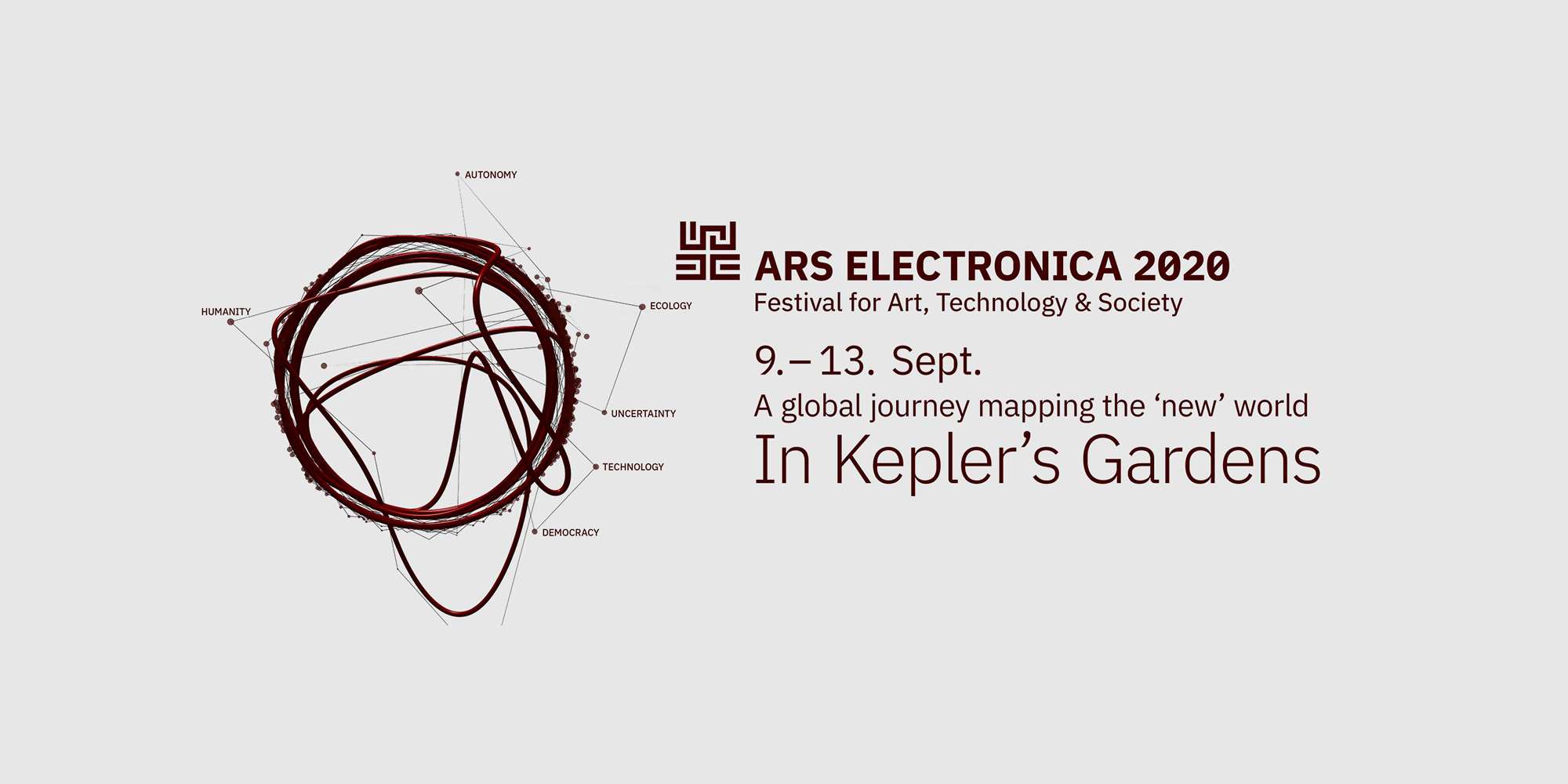Ecology

Gare Loch Duality and the #UndesiredLine - Live
B.D. Owens, Donna Holford-Lovell
Two new films by B.D. Owens followed by a live Q&A with the artist and NEoN Director, Donna Holford-Lovell.
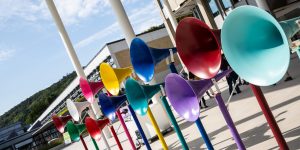
The Welcome Chorus
Yuri Suzuki (JP)
A work composed of 12 interactive horns, placed at Turner Contemporary, a contemporary art gallery in Kent, UK. It uses two methods – one is to feed lyrics and melodies by musicians into the AI and the other is to produce a short melody created by the AI recognizing vocal tone, tempo and specific words spoken into the sculptures by gallery visitors. Every few minutes, the work produces a unique chorus.

EMAP group exhibition: Quarantine
Robertina Šebjanič (SI), Gjino Šutić (HR), Anna Dumitriu, Alex May (UK), Tiziano Derme, Daniela Mitterberger (AT), Taavi Suisalu (EE), Quimera Rosa (FR/AR/ES), Kat Austen (UK/DE)
Over the last few years, the EMAP/EMARE network of media arts organizations have produced a multitude of works dealing with life-science and cybernetics that examine the fragile ecological equilibrium of life on Earth. A few of these artists find inspiration from scientific discoveries like archaea, a group of unicellular micro-organisms believed to be the oldest form of life on Earth. Other sources of inspiration include the impact of pharmaceuticals on life in the water and the sonic vision of bats. These artistic explorations envision future evolution in magical and often transgressive ways.
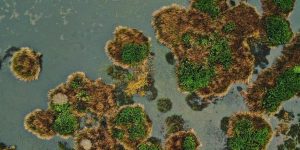
Ecosystem mutations. Wetland Removal.
An 8.5% of the surface area of Los Rios Region in southern Chile is made up of wetlands. Around the city of Valdivia, the presence of wetlands is particularly dense and some areas today are national monuments. A wetland is an ecosystem that is sometimes divided at the surface, but which constitutes a networked ecological continuum. Thus, to alter a part of the wetland is to modify the whole ecosystem. Promoting the convergence of different organizations, the Austral Garden program proposes an aerial route over the geography and natural environment where Universidad Austral de Chile is located. The purpose is that scientists and researchers can share their studies and reflections to spread the importance of wetlands, as well as showing the mutation of this natural eco-system.

Leonardo S+T+ARTS: A conversation on "What's next? Art-Science ideas emerging from lockdown."
Camille Baker (CA/UK), Danielle Siembieda (US), Aurelie Delater (FR) and Marie Albert (FR)
During lockdown, Leonardo and STARTS collaborated to exchange and reflect, together with their wider communities, on how COVID-19 is impacting Art-Science/Art-Technology innovation and co-creation.

Beyond Human Perception
María Castellanos & Alberto Valverde (ES)
The artwork is a video installation that allows the audience to visualize the reactions of humans and plants to a common stimulus: live music. The installation is the result of several sessions where the brain activity of humans was measured jointly with electrical oscillations in plants, using a sensor developed by the artists.
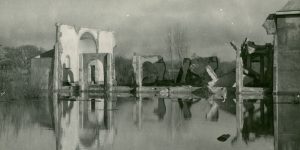
Telluric Mutations. The 1960 earthquake.
On May 22, 2020, 60 years since the largest seismic catastrophe ever recorded in the world was commemorated, a catastrophe whose epicenter was the city of Valdivia. The event had profound landscape, social, economic and cultural consequences for the affected cities and territories. The earthquake was a complex heritage where catastrophe and community resilience converge. The activity of the Austral Garden program is to share the series of initiatives prepared by the Museological Direction of Universidad Austral de Chile.
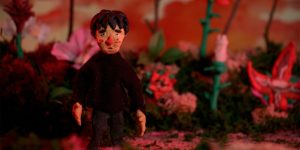
Prix Ars Electronica u19–create your world
This year’s u19 exhibition will invite all winners to exchange ideas and projects with each other. Their “homebase” will be the physical exhibition of the projects, where the winners can explain these to other artists and visitors. They will share their talents and show the audience of Ars Electronica Festival their view of possible future scenarios. In 2019, the Prix Ars Electronica's u19–create your world category was divided into two sections. First, ideas and projects could be submitted to YOUNG CREATIVES (up to age 14). This sub-category impressively demonstrates how children can help shape the present and future from their own perspective. For YOUNG PROFESSIONALS (14 - 19 years), innovative lateral thinkers who have developed an artistic or critical project for the world of tomorrow are in demand.
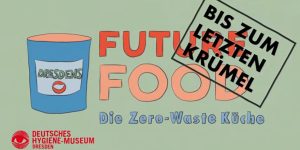
Dresden’s Future Food. Zero Waste Edition – To the Last Crumb
No idea what to do with old bread or the leaves of radish? In three short tutorials, learn how to prepare a delicious starter, main course and dessert by using seasonal and regional ingredients. Part of the Deutsche Hygiene-Museum’s digital “Future Food. What will we eat tomorrow?” program. In cooperation with Commerzbank Foundation.
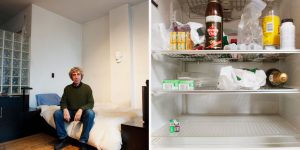
Virtual tour through the exhibition “Future Food. What will we eat tomorrow?”
Visitors can virtually explore the special exhibition Future Food. What will we eat tomorrow? that is held at the Deutsche Hygiene-Museum Dresden from May 2020 to Feb 2021. The exhibition takes up on one of the most urgent questions of the 21st century: how can we create the future of food facing the global challenges?
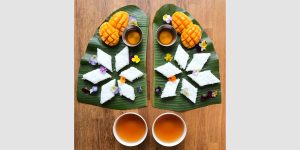
How do regional food systems work?
In times of multiple crises, the issue of food security is vividly debated. The panel discussion addresses opportunities and challenges of regional food production and supply with a focus on Dresden, Saxony.
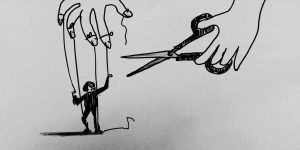
Festivalpost: Topic Twist
Ars Electronica create your world (AT)
The Festivalpost (engl.: Festival Post) may remind some people of beloved Postcity by name, but the content of Festival Post focuses on this year's festival topics. At least, in the beginning. By the alternation of words, meanings twist and turn and in the end, a chain, a transformation or some form of further development is created as Festival Post. Will democracy become a duck, autonomy a ladder, humanity an alien-eating rocket-pen? We are curious about the journeys the topics will take.
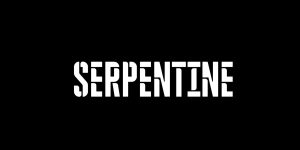
Serpentine Galleries
Championing new ideas in contemporary art since 1970, the Serpentine has presented pioneering exhibitions for half a century from a wide range of emerging practitioners to the most internationally recognised artists of our time. Across two sites only 5 minutes apart, in London’s Kensington Gardens, the Serpentine Galleries present a year-round, free programme of exhibitions, education, live events and technological innovation, in the park and beyond.
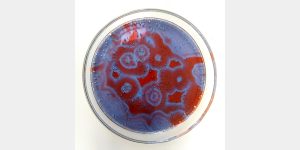
STEAM Popup Lab
JKU Linz School of Education (AT)
STEAM Popup Lab is a virtual journey to understand the meaning of patterns all around us. Patterns are everywhere, from fractals in nature to blood vessels in the human body, through the oscillating signals produced by the sensors of a phone. You can control robots, fold origami patterns, measure the signal of a playground swing, be part of a live chemistry lab session, and more.
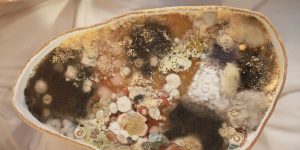
Hege Tapio and Norwegian BioArt Arena
NOBA - Norwegian Bioart Arena (NO)
Introduction of NOBA – Norwegian Bioart Arena with our team, facilities and our collaboration partners across Norway. Featuring Hege Tapio (NO), Annike Flo (NO), Nora Vaage (NO), Solveig Arnesen (NO), Hanan Benammar (FR/DZ), Simon Daniel Tegnander (NO), FAEN-Female Artistic Experiments Norway (NO), Eva Bakkeslett, Centre for Genomic Gastronomy (NO/US) ,The Dinghy AiR (NO) , Steven Barstow(NO) , Marita Isobel Solberg and Trond Ansten (NO), Elind Rui Blix (NO) , NIBIO- The Norwegian Institute of Bioeconomy Research (NO)

NOBA- Norwegian BioArt Arena
NOBA - Norwegian Bioart Arena (NO)
Introduction of NOBA – Norwegian Bioart Arena with our team, facilities and our collaboration partners across Norway.
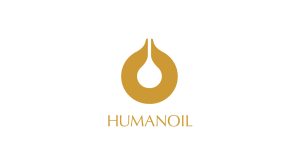
Human Oil – the last oil
Hege Tapio
Watch our premiere of Humanoil, a recorded performance by artist Hege Tapio, followed by the introduction of NOBA – Norwegian Bioart Arena. NOBA is the hub for the expanded field of bioart in Norway, and exists to bridge the gap between artists and scientists working on ecology, biology, technology, activism and art.
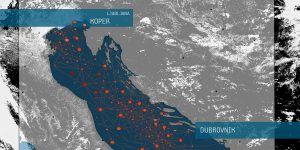
Journey: Adriatic Garden | aqua_forensic 2.0
Adriatic Garden | aqua_forensic 2.0 connects two places by the Adriatic Sea: Dubrovnik (HR) and Koper (SI) and gives special attention to our commitment to the values of care, compassion, environmental justice, action-taking and cooperation with the Adriatic Sea and its creatures. The project framework is the aqua_forensic, an ongoing art and science research method developed by Robertina Šebjanič (SI) and Gjino Šutić (HR), which sheds light on the presence of invisible anthropogenic chemical pollutants in the water environment.

The SonoAdriatic tales
The Adriatic Garden will host a wide array of activities: exhibitions, installations, panel discussions, workshops, and much more, while enabling audiences to immerse themselves in the underwater world of the sea. Art, science and citizen science coalesce within the framework of Adriatic Garden | aqua_forensic 2.0, opening up a wider discussion about our solidarity and empathy with waters beyond human perception. Within the project, we would like to give special attention to the values of care, compassion, environmental justice, action-taking and cooperation with the Adriatic sea and its creatures.

The Aqua_forensic Workshops at the Adriatic Garden
With it, we wish to help illuminate the human impact on our waters at the micro / macro level and provide a guideline to the fascinating world of aquatic flora, fauna and minerals and its plight. The aqua_forensic project is known for its special devotion and affinity to participatory engagement through workshops. We all have the capacity to pause, listen, observe and recognize the diversity and quality of the present environment. The aqua_forensic aims to encourage global and local audiences to familiarize themselves with the topics of water pollution and climate change, as well as actively engage in community work on these issues through citizen science oriented workshops. Scientific environments provide the sophisticated tools needed to undertake analysis and build predictive ecological models.
